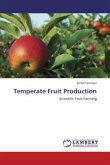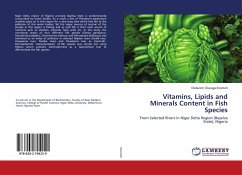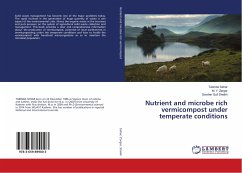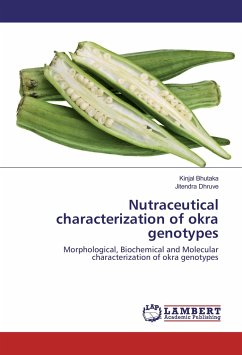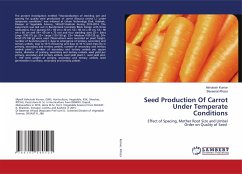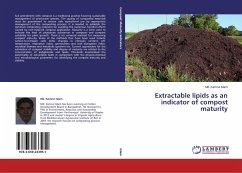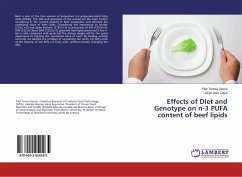Seaweeds, especially brown seaweeds, have a balanced fatty acid composition with reference to n-3/n-6 FA ratio pointing to their usefulness as sources of PUFA and also make them suitable candidates for further research as dietary ingredients in aquaculture feeds for fish/shrimp hatchery, as these diets require higher PUFA contents. Some of the seaweeds contain unique lipid compounds like NMI and conjugated fatty acids. These unique fatty acids need to be explored for their value as taxonomic markers too. Further, cytotoxic effects of lipid extracts including conjugated polyenes in-vivo/in-vitro needs to be established to ascertain the underlying mechanisms of their health beneficial actions. Apart from this, considerable quantities of functional lipid components in seaweeds make them suitable for recovery of beneficial phytonutraceuticals like conjugated polyenes/fucoxanthin/fucosterol. Fucoxanthin being a valuable carotenoid with proven health benefits, pasta products can be used for popularizing seaweed consumption in populations that does not traditionally consume seaweed. The present study is only a small step in recognizing recoverable bioactive molecules from seaweeds.


